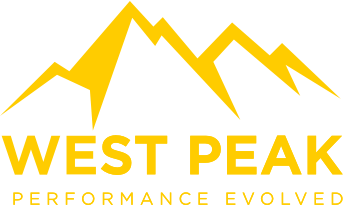People-Focused Leadership: Why Relationships, Not Metrics, Define Success
In leadership, numbers are seductive. They’re visible, trackable, and make us feel in control. But what happens when we focus so hard on KPIs that we forget who’s actually delivering them? We’ve seen it, organisations without people-focused leadership, obsessed with quarterly results while culture quietly crumbles beneath the surface. It’s a slow erosion, often disguised as progress.
Metrics matter. But on their own, they don’t lead. People do. And the best leaders know that the real performance advantage doesn’t come from dashboards, it comes from relationships.
The Long Game: Why People Drive Sustainable Success
The data is clear. Organisations with high employee engagement outperform their peers by 23% in profitability. That’s not just a “culture win”, it’s a bottom-line advantage. And yet, many leaders still treat relationships as soft skills, not strategic assets.
A people-focused leader recognises that trust, communication, and psychological safety aren’t optional. They’re critical levers for innovation, retention, and resilience. When your team feels seen, heard, and valued, they give more, because they want to, not because they’re told to.
Metrics capture output. Relationships build capacity.

Performance Is Personal
Every high-performing team shares one common trait: deep trust in their leader. It’s not earned through performance reviews or profit margins, it’s built through everyday interactions. A leader who listens actively, gives feedback constructively, and shows consistency in values creates an environment where people feel safe to perform at their edge.
When trust exists, feedback flows. Conflict becomes productive. Autonomy expands. Suddenly, you’re not just managing people, you’re empowering them.
If you want to grow output, grow trust first.
From Direction to Connection
Traditional leadership models glorify decisiveness and direction. But great leadership in today’s world demands more than clarity, it demands connection. Employees aren’t looking for bosses who bark targets. They’re looking for leaders who ask, “What’s getting in your way? How can I help you succeed?”
Connection doesn’t mean being everyone’s best friend. It means understanding what drives your people, aligning their goals with the vision, and creating the conditions for them to thrive. Connection leads to commitment. And committed teams don’t just hit targets—they redefine them.
The Cost of Disconnection
Poor relationships don’t just cause friction, they cost money. Gallup estimates that actively disengaged employees cost the world $8.8 trillion in lost productivity. That’s not a leadership issue. That’s a relational one.
If your people don’t trust you, they won’t tell you when something’s broken. If they don’t feel supported, they won’t go the extra mile. Disconnection shows up as missed deadlines, toxic culture, and high turnover. These aren’t just HR issues. They’re strategic risks.

What Great Leaders Do Differently
High-performing leaders don’t see relationships as separate from results. They understand that relationships create results. Here’s how they lead:
- They prioritise presence. Even in high-pressure environments, they make time to check in—not just on progress, but on people.
- They listen with intention. They ask better questions and stay curious longer.
- They lead with empathy. They understand that people don’t leave jobs—they leave relationships.
- They model trust. They give autonomy, admit mistakes, and own their part in the process.
- They invest in growth. They coach, challenge, and support their teams—not just to perform, but to evolve.
These aren’t “soft skills.” They’re power skills. And they’re the foundation of every long-term leadership success story
What Gets Measured Still Matters—but It’s Not Enough
Yes, we still need data. Metrics matter, especially when scaling. But they only tell half the story. A sales target doesn’t reflect how your team feels about the direction. A churn number won’t show you how safe your people feel to innovate.
Leaders must go beyond what’s measurable. They must lead with intuition, relational intelligence, and long-view thinking. When you marry metrics with meaning, that’s where magic happens.

Conclusion: Leading for the Long Haul
The world doesn’t need more leaders chasing numbers. It needs leaders who invest in people and trust that the numbers will follow. Because when your team feels truly led—not just managed—they do more than hit targets. They surprise you.
So, ask yourself: Are you leading from the spreadsheet—or from the heart?
Real leadership is human. And that’s what will set you apart.
Subscribe to our Podcast
Hosted by our very own Ben Stocken and Benjamin Wade our ‘How They Lead’ podcast aims to evolve the way people perform in leadership roles by showcasing a variety of high performance interviews with people from Patrick Kershaw from The RAF Red Arrows to CEO’s like Steve Phillips who help large brands like Pepsi, Mars and Unilever.
Get one step ahead – Click below to subscribe.










